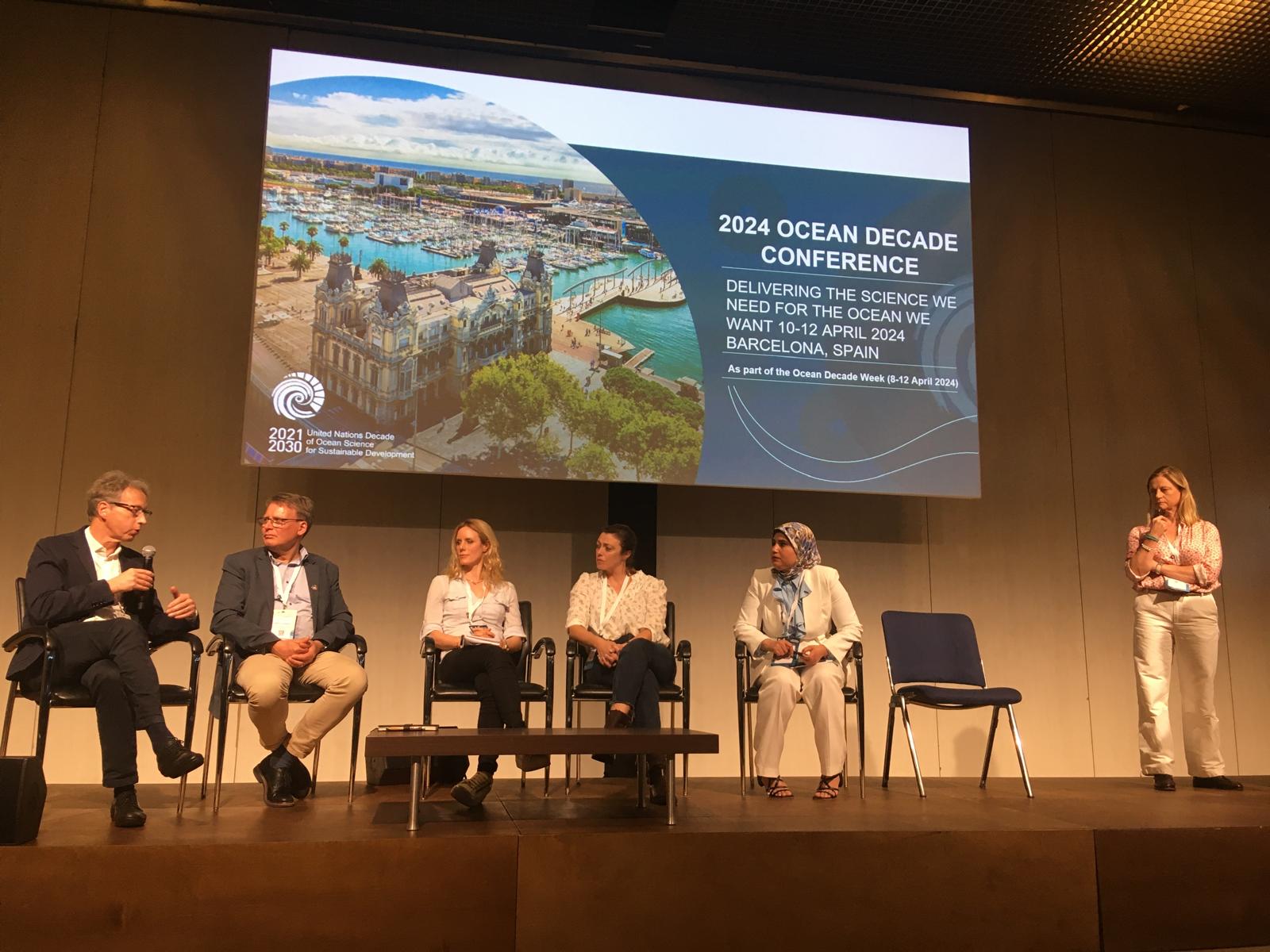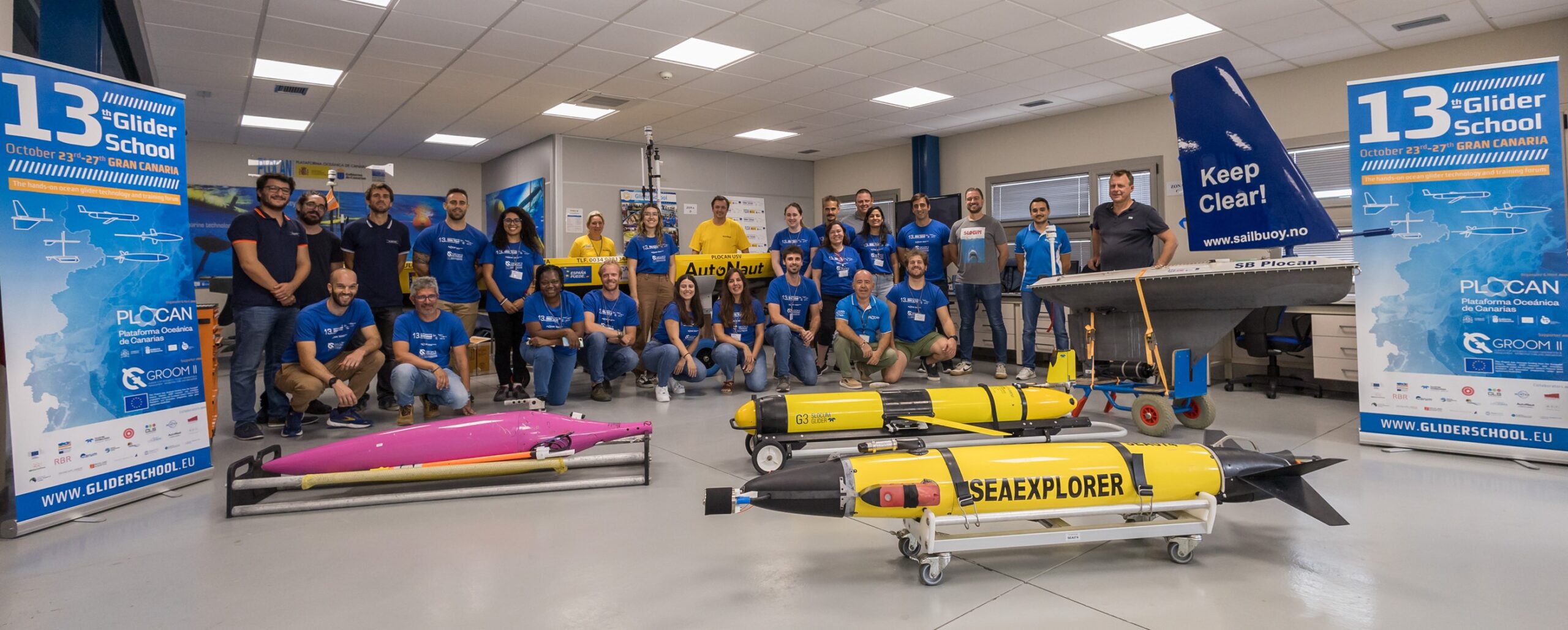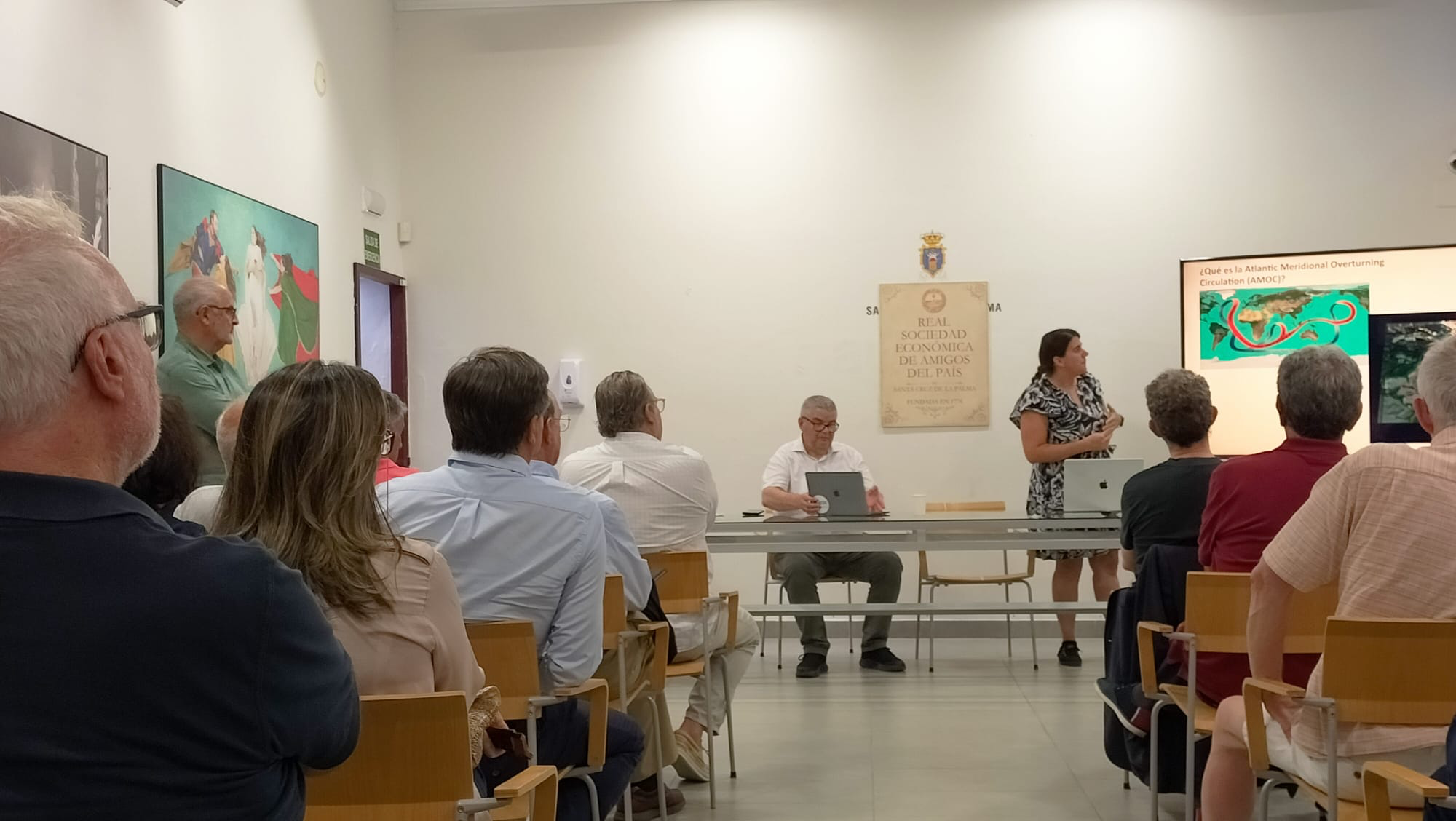The current climate situation has configured the European Station for Time-Series in the Ocean of the Canary Islands (ESTOC) as a main point in the diagnosis of the changes that are taking place, as a reference point for new technologies and as a laboratory for new tests that make it possible to establish, together with climate models, real future scenarios.
This was expressed by the oceanographer, researcher and project manager of the Oceanic Platform of the Canary Islands (PLOCAN), Andrés Cianca, in the webinar organized by PLOCAN “The ESTOC time series, present and future”, in which he has participated with Melchor González Dávila, professor of the ULPGC and director of the Marine Chemistry group of the Institute of Oceanography and Global Change (IOCAG); Javier Arístegui, Professor of Ecology and coordinator of the Biological Oceanography group at the IOCAG-ULPGC and Alfredo Izquierdo, Associate Professor of the Faculty of Marine and Environmental Sciences of the University of Cádiz.
The webinar was introduced by Eric Delory, Head of the Observatory of PLOCAN, and the round table was also attended by Fiz Fernández Pérez, Research Professor of the Department of Oceanography of the Marine Research Institute.
The ESTOC, which is located 60 nautical miles north of Gran Canaria and at a depth of 3,670 meters, generates long-term meteorological and oceanographic time series in the Central-East of the North Atlantic. With more than 25 years of records, it is one of the few stations that allow us to contribute to the study of change and physical-chemical trends in the ocean, which also contributes to climate forecasting and knowledge of the state of the oceanic ecosystem.
The ESTOC, which generates hydrographic and biogeochemical observations, in order to evaluate changes in the ocean in the short and long term, makes a perfect tandem with the station that is located near the Bermuda Islands. Cianca has highlighted that both stations, located on each edge of the North Atlantic subtropical gyre, generate observations that favour the knowledge of this vast area of the ocean.
In oceanography, a time series program consists of carrying out observations continuously for long periods of time in some places in the ocean. These observations make it possible to study the variations and changes in the state of the ocean both in the short and long term.
Melchor González Dávila, responsible for the measurements of the variables of the carbon dioxide system at ESTOC since its establishment in October 1995, has indicated in his presentation “ESTOC, CO2 trends for the Atlantic of the future”, that the measured variables include the full scale spectrophotometric pH values at the temperature of 25ºC, the total alkalinity and, since 2004, measurements of the total dissolved inorganic carbon in the entire profile of the 3650 meter column.
Javier Arístegui has presented “The deep monitoring system for particle flow and carbon sequestration in the ocean (FLUCARO)”, which seeks to replace and update a previously existing service of sediment traps and current meters, managed by the University from Bremen (Germany) between 1991 and 2009, as part of the ESTOC, which is part of the European EMSO infrastructure (European Multidisciplinary Seafloor and water-column Observatory).
FLUCARO, he explained, will have innovative equipment, with new generation technology, such as bio-optical platforms, sediment traps with gels or underwater vision profilers, etc., for the study of sedimentation rates and remineralization of particles. He added that it will complement the current CO2 monitoring system and it will contribute to the prevailing need to record highly demanded marine biogeochemical data to update climate models.
ESTOC can become a very valuable tool for education and training in Marine Sciences
In his presentation “ESTOC as a tool for education and training in Marine Sciences”, Alfredo Izquierdo, Associate Professor of the Faculty of Marine and Environmental Sciences of the University of Cádiz, explained that Marine Sciences have experienced a dizzying progress in the last decades due to the advances in observation systems, the development of high-performance computing and the increase in the storage, access and analysis capacity of information.
This same progress demands new skills for students, posing an enormous challenge to training in Marine Sciences, especially when university programs lack flexibility and low adaptability. He concluded that the potential of ESTOC, with a proper pedagogical approach, can become a very valuable tool for education and training in Marine Sciences.
The webinar is available here.



